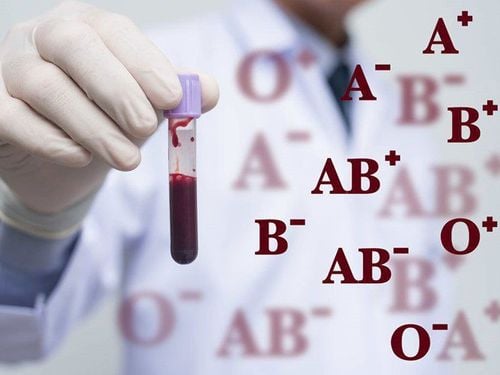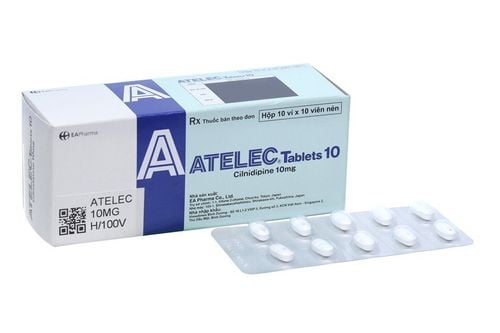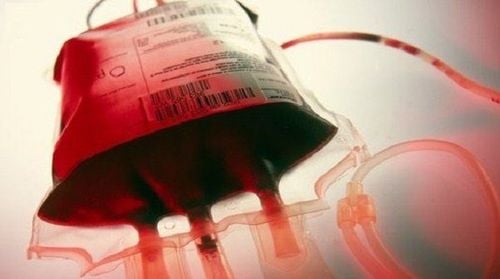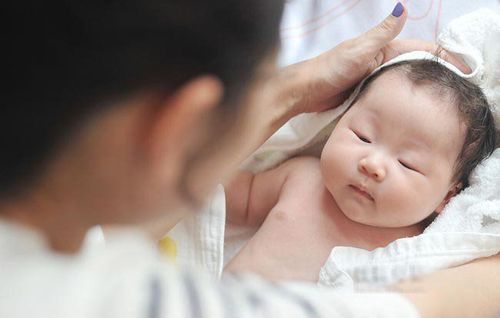This is an automatically translated article.
A fully compatible reaction in blood transfusion is a reaction to select the most suitable blood group of the ABO red blood cell system and other red blood cell blood group systems between the donor and the recipient. This is an important test to help ensure the immune safety of patients receiving blood transfusions.
1. What does a fully concordant response in blood transfusion mean?
In Vietnam, immunological safety of blood transfusion is not guaranteed. To ensure the safety of blood transfusion in terms of immunity, only ABO blood grouping and cross-reactivity can be performed at 22 degrees C. The implementation of a full harmonization reaction at both 22 degrees C, 37 degrees C, enzymes and the indirect Coombs test is of great importance in helping to select the donor's red blood cell type that is most suitable for the recipient, helping to ensure the safety of immunological blood transfusion, especially in cases where the patient has Abnormal antibodies.
Fully harmonized reaction in blood transfusion is a simple, easy-to-implement technique, which is indicated for the transfusion of blood and blood products.
2. Indications/contraindications
Indications: When transfusion blood, blood products
Contraindications: No contraindications
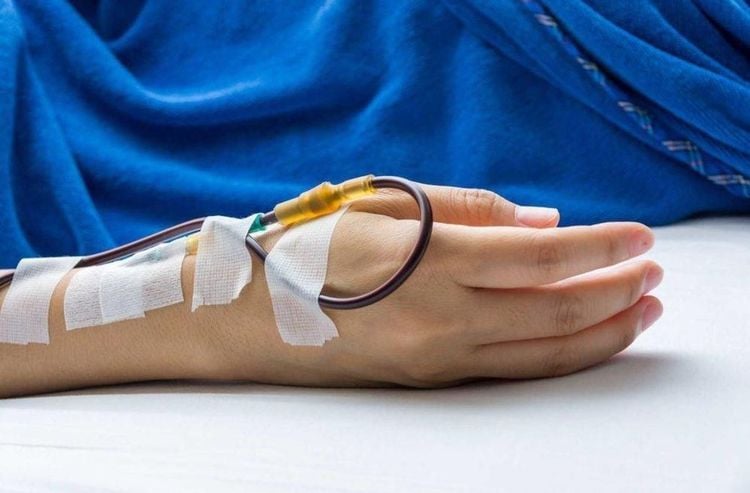
Phản ứng hòa hợp được chỉ định khi truyền máu
3. Prepare
Specimen
Patient blood: 2ml of blood is taken into a tube containing no anticoagulant + 1ml into a tube containing EDTA anticoagulant. Means, chemicals
Vehicles:
Straight tube centrifuge. Refrigerator for sample serum reagents, red blood cells and blood samples, Coombs serum Microscope White ceramic. 37°C water bath (or incubator or thermos) Container for brine. Thermometer Pipette Paster or pipette man, conical tip Test tube for grouping (50 x 7mm) plastic or glass. Test tube holder for testing. Microscope slide. Glass pencils, felt-tip cotton pads Glass beaker Glass rods Gloves Reagent:
Anti D, anti A, anti B, anti AB Coombs serum Saline 9% Red blood cells Sample Control red blood cells Test sheet
Paper To order the test, write down complete information about the patient: full name, age, hospital bed, department, diagnosis.

Máu bệnh nhân được đưa đi xét nghiệm
4. Fully harmonized reaction process
Mark tube 1 and tube 2:
Tube 1: Patient serum + Donor RBC 5% Tube 2: Patient RBC 5% + Donor serum Technical requirements:
Whole blood transfusion: Make Crossing both tubes Transfusion of red blood cells: Cross-tube 1 Transfusion of plasma, platelets: Cross-tube 2 The full technique of tube 1 cross-section is as follows:
Step 1: Regroup blood of patient and donor Step 2: Add 3 drops of patient serum Step 3: Add 1 drop of 5% donor red blood cells Step 4: Mix well Step 5: Centrifuge at 1000 rpm for 15 - 30 seconds Step 6: Read and record the results Results Step 7: Incubate at 37 ̊C for 30 minutes Step 8: Centrifuge at 1000 rpm for 15 - 30 seconds Step 9: Read and record results Step 10: Wash red blood cells 3 times with 0.9% saline Step 10: Add 2 drops of antiglobulin. Step 11: Centrifuge at 1000 rpm for 15 - 30 seconds Step 12: Read and write results Step 13: If the result is negative, add 1 drop of control red blood cells Step 14: Centrifuge at 1000 rpm for 15 - 30 seconds Step 15: Read, record the result: The result must be positive; If the result is negative, the test must be repeated
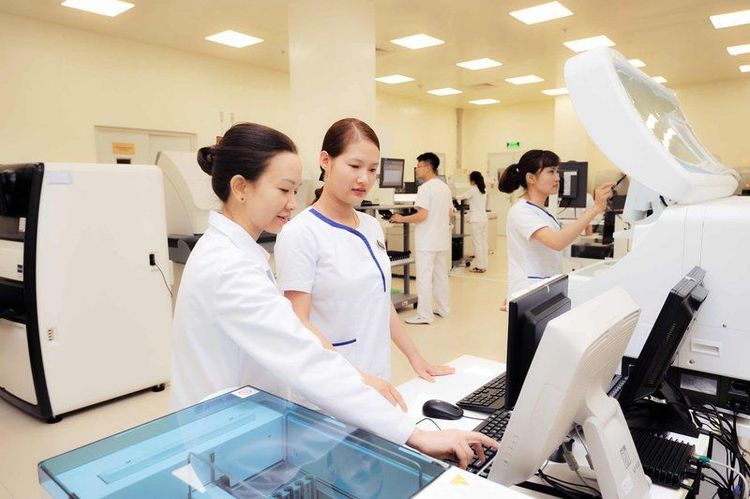
Quy trình phản ứng hòa hợp cần được thực hiện tại cơ sở y tế uy tín
5. Evaluation of results
If the result is one of the conditions, the temperature of the full concordance reaction is positive (agglutination) and blood should be selected for the patient. -If the reaction results are fully concordant under the above conditions, the temperature is negative (no agglutination), the donor blood is compatible with the patient's blood. Blood bags are distributed to the patient.
6. Errors and handling
The patient's red blood cells self-agglutinate, so they must be washed with warm saline at 37°C.
MORE:
Basic principles of blood transfusion Blood transfusion: When should it be done? To ensure safety in blood transfusion




